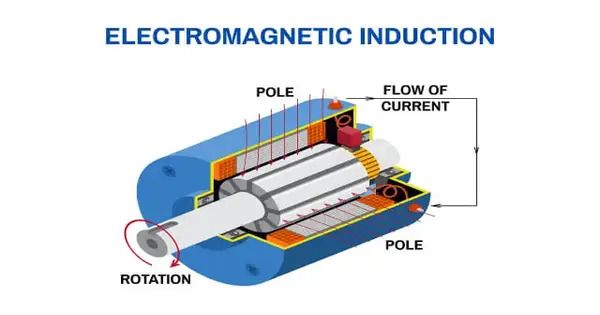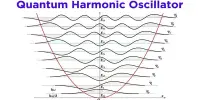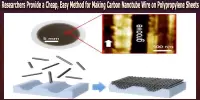Electromagnetic induction is the process of creating an electromotive force (emf) across an electrical conductor in the presence of a changing magnetic field. Michael Faraday discovered this fundamental concept of physics in the early nineteenth century. It describes how a changing magnetic field generates an electromotive force (EMF) or voltage in a conductor. Generators, transformers, and a variety of other electrical devices rely on this phenomenon to operate.
Michael Faraday is widely credited with discovering induction in 1831, and James Clerk Maxwell formally defined it as Faraday’s law of induction. Lenz’s law defines the direction of the induced field. Faraday’s law was later developed into the Maxwell-Faraday equation, which is one of four Maxwell equations in his electromagnetism theory.
Here are the key concepts related to electromagnetic induction:
Faraday’s Law: Faraday’s law states that the induced electromotive force (EMF) in any closed circuit is equal to the rate of change of the magnetic flux through the circuit. Mathematically, it is expressed as:
EMF = − [dΦ/dt]
Where EMF is the induced electromotive force, Φ is the magnetic flux, and dt is the change in time.
Magnetic Flux: Magnetic flux (Φ) is a measure of the quantity of magnetic field passing through a given area. It is calculated as:
Φ = B×A×cos(θ)
Where B is the magnetic field strength, A is the area, and θ is the angle between the magnetic field and the normal to the area.
Lenz’s Law: Lenz’s law is a consequence of Faraday’s law and states that the induced EMF creates a current that flows in a direction to oppose the change in magnetic flux that produced it. This law ensures the conservation of energy.
Applications
Electromagnetic induction has found many applications, including electrical components such as inductors and transformers, and devices such as electric motors and generators.
- Generators: Electric generators use electromagnetic induction to convert mechanical energy into electrical energy. When a conductor is moved within a magnetic field, an EMF is induced in the conductor, producing an electric current.
- Transformers: Transformers use electromagnetic induction to change the voltage level of alternating current (AC) electricity. They consist of two coils (primary and secondary) that are magnetically coupled but electrically isolated.
- Induction Cooktops: Induction cooktops use electromagnetic induction to heat cookware directly, without using a flame or electric heating element.
- Induction Motors: These motors use electromagnetic induction to produce rotational motion. The rotating magnetic field induces a current in the rotor, causing it to turn.
















